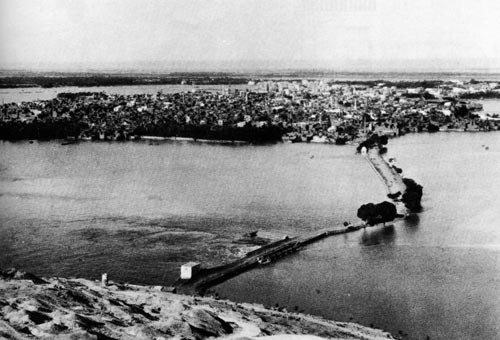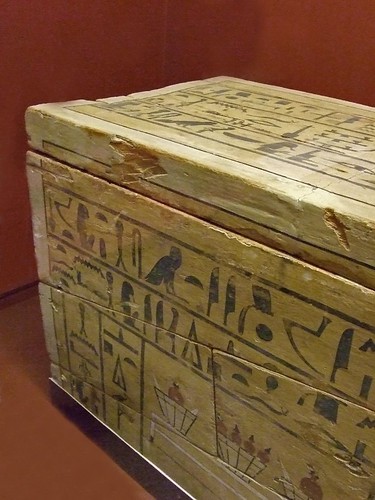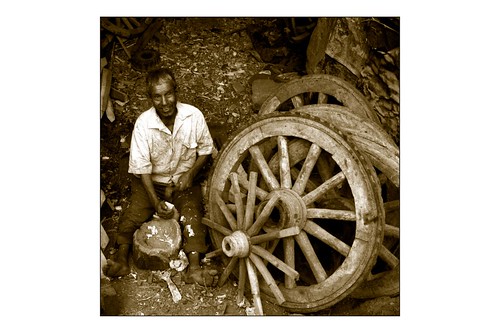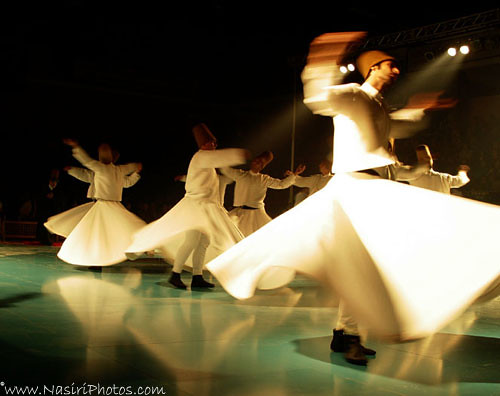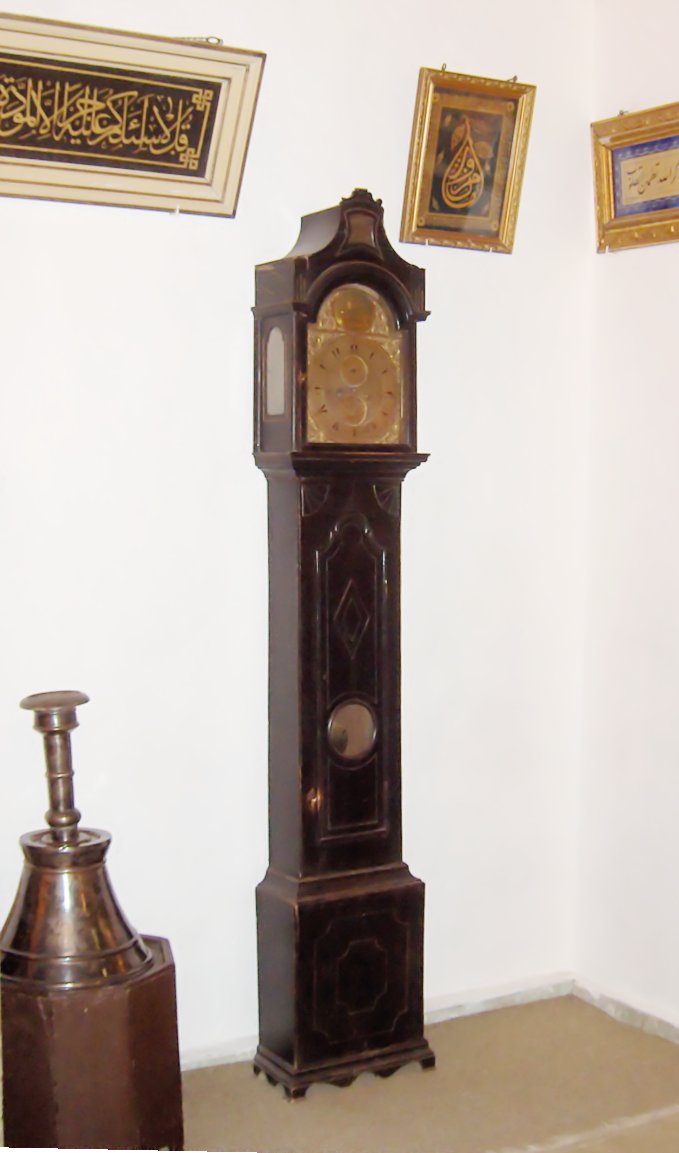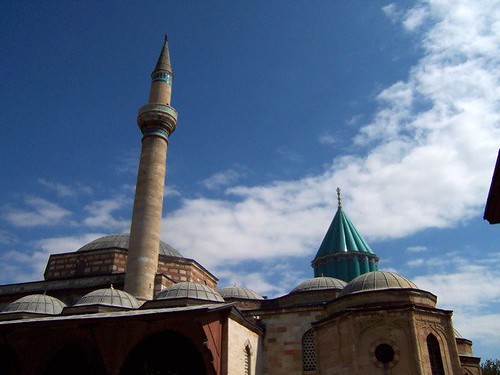
St. Patrick’s Day started out as a religious holiday commemorating the patron saint of Ireland. Today “St. Paddy’s” in America has become a celebration of Irish food, culture, and drink, as well as anything having to do with the color green. Typically observed with loud music, dancing, parades and green beer, St. Patrick’s Day festivities happen everywhere in the country, and they are perfect opportunities for beer enthusiasts everywhere to come together and have their fill.
No matter where in America you live, chances are there’s going to be a festival in a city near you come March 17. Below is a list of what we think are the top 10 St. Patrick’s Day celebrations in the U.S.
1. Downtown Chicago
Downtown Chicago hosts one the biggest St. Patrick’s Day celebrations in the country. It begins with the world-famous dyeing of the Chicago River. The huge, vibrant green river flowing through the middle of the city is a must-see sight.
After the dying of the river, people cluster up along Columbus Drive to witness the annual St. Patrick’s Day parade, replete with pipe bands, giant floats, Irish dancers and tons of other entertainers commemorating Irish culture. Then it’s on to the nightlife, as the party continues in the many Downtown Chicago bars and nightclubs.
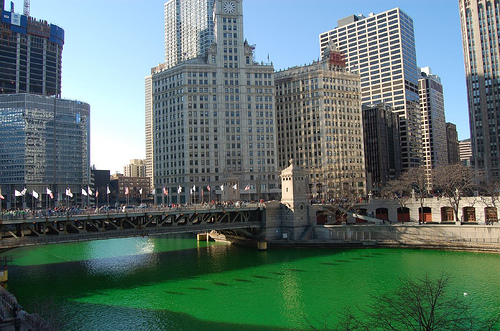


2. Boston
St. Patrick’s Day first came to America in 1737, and the holiday was first celebrated in none other than Boston, Massachusetts. Over 850,000 people show up every year to this Irish bash, many of them from out of state. And with the population of the city being 16% Irish, Boston hosts one of the most enthusiastic St. Patrick’s Day celebrations in the country.
Boston starts partying a full week before St. Patrick’s Day. This year, the city will host the fourth annual Gaelic Gourmet Gala, featuring top chefs from Ireland and Boston. Throughout the week there will be Irish band concerts as well as beer and food specials at bars and restaurants, like the 75 Chestnut, for those who dress their Irish best. On the 15th, South Boston hosts one of the biggest St. Patrick’s Day parades in the country, with an estimated 600,000 people showing up.

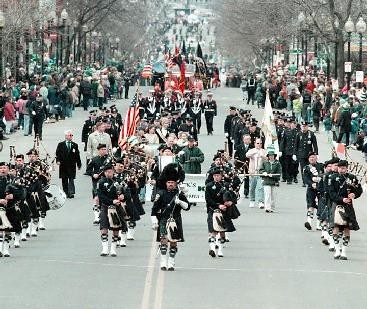
3. Washington D.C.
There are many, many celebratory events and activities throughout the Nation’s capitol come St. Paddy’s Day. The most famous of these is probably the Shamrock Festival at the RFK Stadium. It happens on March 14 and it’s an all-day event showcasing over 50 Irish bands, dancers, games and other activities.
There’s a huge parade the following day, featuring bagpipe players, and Irish folk dancers, as well as the required floats and marching bands.
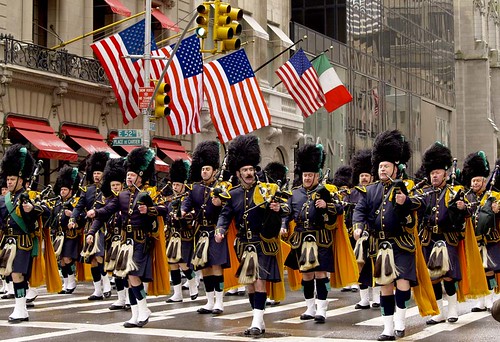

4. New York City
New York City has been celebrating St. Patrick’s Day with a parade since 1762. They expect well over 1 million people to show up. There are over 150,000 marchers alone. Green beer and the sound of bagpipes will be everywhere in the streets of NYC.
If you get there a few days earlier, take the time to make the pilgrimage to the beautiful St. Patrick’s Cathedral as well as the many Irish Pubs and Bars scattered throughout the city.

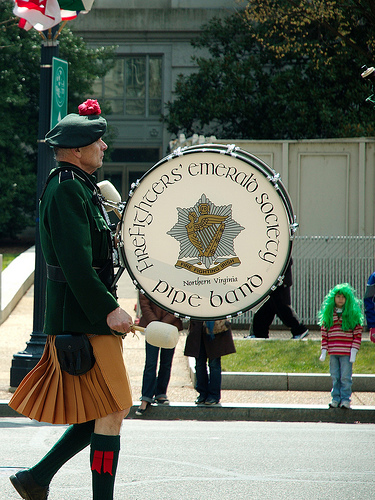
5. St. Louis, Missouri
St. Louis is by far the best mid-western city for celebrating St. Patrick’s Day. To start, Michelob sponsors a 5 mile run on the 14th. There is then a huge St. Patrick’s Day parade in downtown St. Louis, featuring character balloons, Irish dancers, equestrians and large floats.
At night, the celebration crescendos as people head off the many bars and pubs in the area offering festive drinks, plenty of green beer and Irish food.
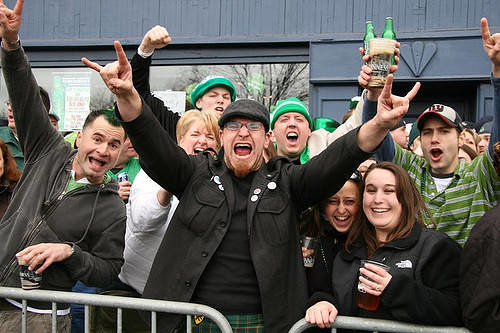
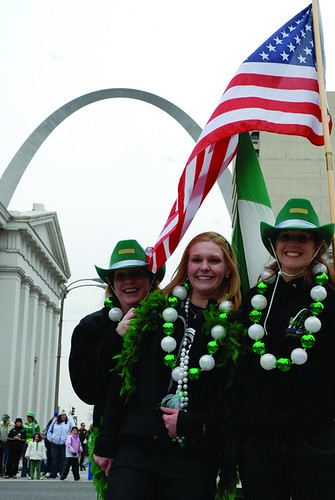
6. Savannah, Georgia
Savannah has been celebrating St. Patrick’s Day with parade since 1825. What started out as a modest affair has turned into one of the biggest St. Patrick’s Day celebrations in the country. Savannah’s parade draws crowds of over 400,000 people.
Dying the city’s fountains green is one of the traditions unique to the city. Seeing the green fountains, as spring starts creeping up on the Georgia city is one of the most enjoyable sights you can witness.
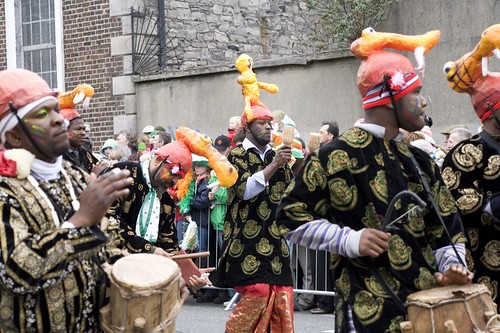

7. San Francisco, California
In the western United States, you won’t find a St. Patrick’s Day celebration that’s bigger or richer in history than the one that takes place in San Francisco. Called one of the most fashionable parades in the country, San Francisco’s St. Patrick’s Day parade follows the city’s iconic trolley tracks.
Afterwards the nightlife gets livelier throughout the city’s many Irish bars and pubs, as the celebration draws thousands of people from all over the state.

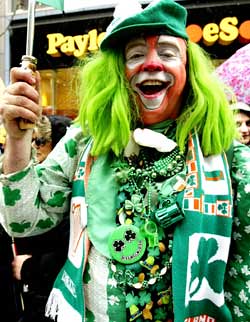
8. Philadelphia, Pennsylvania
Philadelphia has been celebrating the famous Irish holiday since 1771. The city’s annual parade is the second oldest parade in the country, and it is organized by the Saint Patrick’s Observance Association. The parade draws about 500,000 people and this year, it will be held on March 15th. There will be thousands of marchers and CBS will be broadcasting the event live.
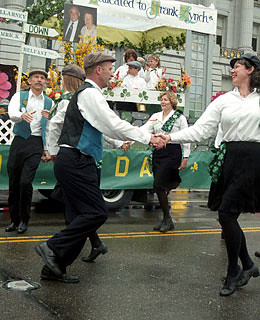
9. Kansas City, Missouri
Kansas City first held a St. Patrick’s Day parade in 1873. Today the event draws a crowd of about 200,000 spectators. One of the things unique to this particular parade is that the grand prize winner of the procession gets an all-expense paid trip to Ireland, so participants really give it their all.
After the parade, head over to Westport, where you’ll find some of the best post-parade drinking and partying establishments in town.
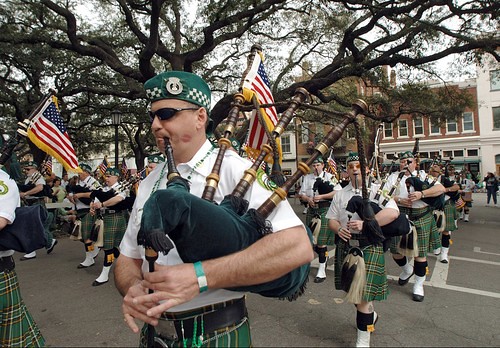

10. Dublin, Ohio
There are nine cities in the United States named Dublin, but Dublin, Ohio is the one that lives up to its name the most, especially when St. Patrick’s Day comes around. The city hosts a miles-long parade featuring floats, bands and leprechauns. There are plenty of post-parade bashes to attend.
If you are in the mood to explore some of the city’s Irish heritage, you can head over to the Historic District, and enjoy some Irish food and Celtic music.




























